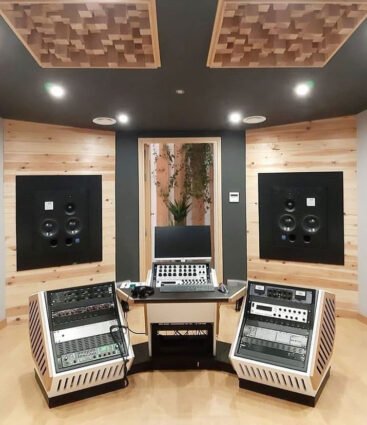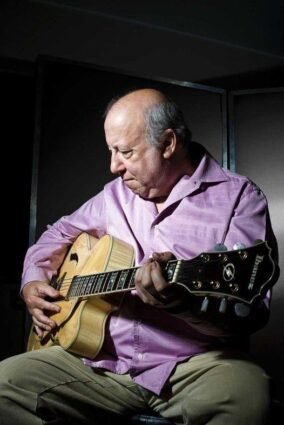I’ve done a lot of mixing over the last 40 years. It’s something I have studied, something I have a qualification in. After four decades behind the mixing desk, I’ve come to realize that the most crucial skill isn’t knowing which frequency to boost or cut—it’s learning to hear the person behind the performance.

Beyond the Technical Checklist
Every mix starts the same way: import the stems, clean up the noise, set levels, apply EQ. But somewhere between the mechanical cleanup and the final bounce, something more nuanced happens. You stop mixing instruments and start mixing musicians.
Take two guitarists playing identical Les Pauls through the same amp. The frequency spectrum might look similar on paper, but their sonic fingerprints are completely different. One player might have a aggressive pick attack that needs taming in the upper mids, while another’s lighter touch might need some presence boost to cut through. It’s not just about the gear—it’s about the human touching that gear.
The Personality in the Performance
Every musician brings their own physical relationship to their instrument. The drummer who hits slightly behind the beat versus the one who’s always rushing. The bassist who digs in with their fingers versus the one who floats over the strings. The vocalist who breathes audibly between phrases versus the one who barely makes a sound.
These aren’t flaws to be corrected—they’re the essence of what makes that performance unique. My job isn’t to make everyone sound the same; it’s to make each person sound like the best version of themselves within the context of the song.
“Essentially you’re creating a sonic portrait that honours both the musical context and the human element behind each performance.”
Context is Everything
This individual approach doesn’t happen in isolation. Genre matters. A jazz guitarist’s laid-back phrasing needs different treatment than a country picker’s crisp attack. The same Telecaster gets completely different EQ curves depending on whether it’s cutting through a dense rock mix or sitting in a sparse folk arrangement.
But even within genre conventions, individual personality trumps everything. I might start with my “rock guitar” EQ preset, but that’s just the beginning of the conversation, not the end.
The Art of Invisible Enhancement
The best mixing happens when you can’t hear the mixing. When a guitarist listens back and says “That’s exactly how I sound,” even though you’ve made dozens of subtle adjustments to get there. You’re not changing their sound—you’re revealing it more clearly.
This requires a different kind of listening. You have to hear not just what’s there, but what’s trying to be there. The intent behind the performance. The musical conversation happening between players. The emotion that might be buried under technical imperfections.
Learning to Hear the Human
Developing this skill takes time and, frankly, a lot of mistakes. Early in my mixing adventures, I treated every instrument like a technical problem to solve. Kick drum too boomy? Cut at 200Hz. Guitar too harsh? Notch out 3kHz. But music isn’t a series of technical problems—it’s human expression filtered through wood, metal, and electricity.
The breakthrough comes when you realize that the “problem” frequencies in one context might be the magic in another. That slightly nasal quality in a vocalist might be exactly what gives their performance character. That slightly loose snare hit might be what makes the groove feel alive.
“This kind of listening requires both technical knowledge and emotional intelligence. You have to hear not just frequency content and dynamic range, but intent, personality, and musical conversation between players. It’s why two mixers can use identical equipment and techniques yet produce completely different results.”
Still Learning After All These Years
What keeps this work engaging after four decades is that no two musicians are exactly alike. Each new project brings fresh challenges, unexpected combinations, and opportunities to discover something I haven’t heard before. The technical skills become intuitive, but the human element—that’s always evolving.
The day I stop hearing new nuances in how different people make music is the day I should probably call it a day. Fortunately, after 40 years of listening, I’m still as curious as ever about the person behind the performance.
The Bottom Line
Great mixing isn’t about perfect frequency response or flawless dynamics. It’s about understanding that every performance carries the DNA of the person who created it, and your job is to help that DNA express itself as clearly and powerfully as possible.
When you mix to the musician rather than just the music, something magical happens. The technical becomes artistic. The mechanical becomes human. And the final mix doesn’t just sound good—it sounds right.
What aspects of a musician’s personality do you hear in their playing? How do you approach capturing the human element in your own mixing work? Share your thoughts and experiences in the comments below.





